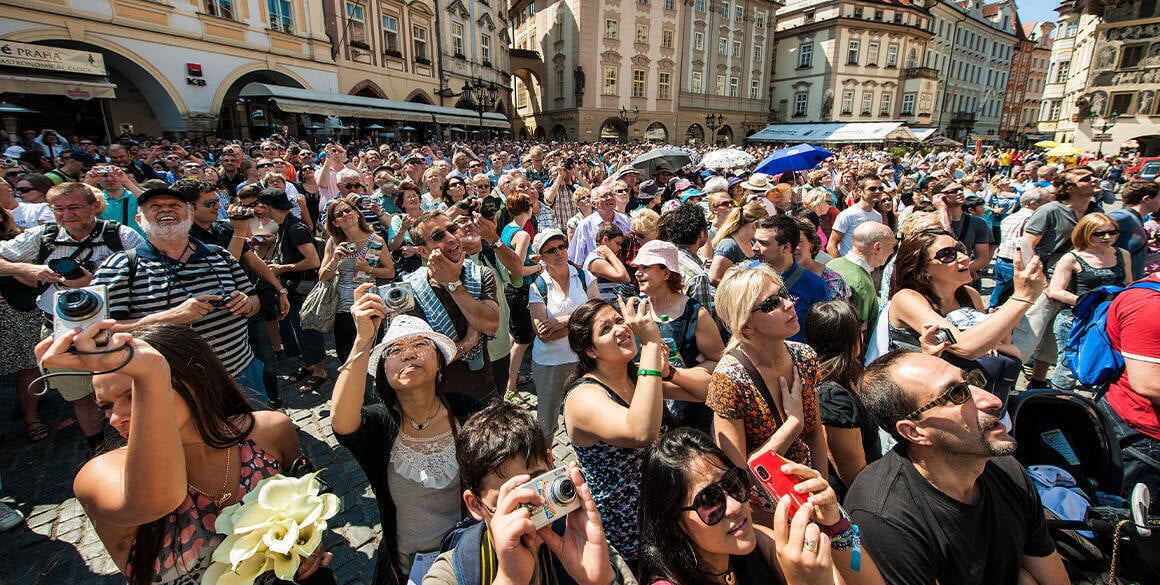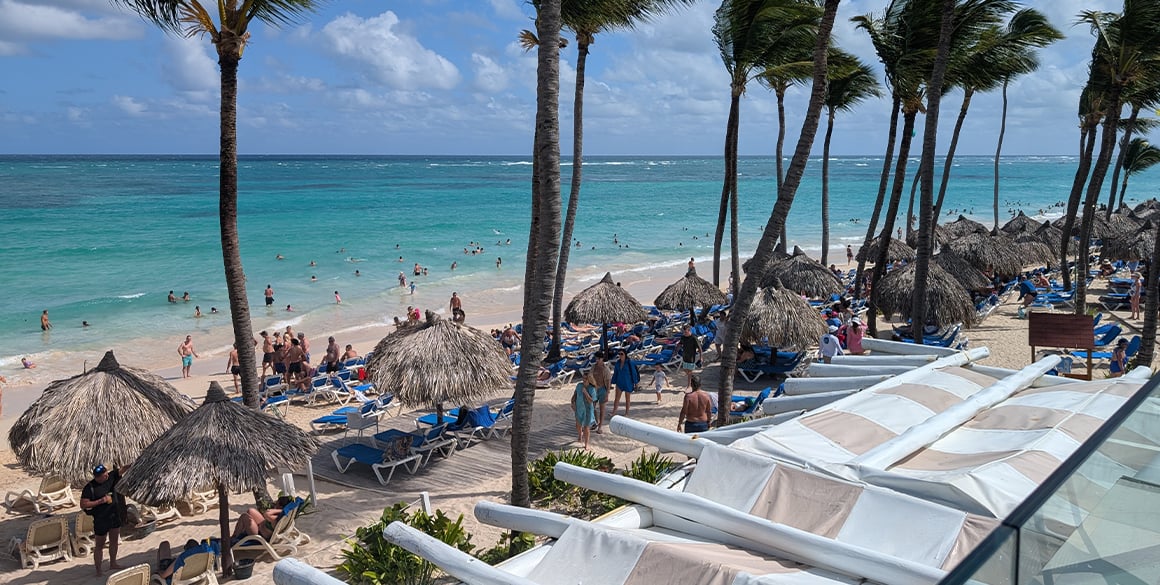In the world’s most popular or famous destinations, there are certain attractions that, if you should happen to visit, friends and family left at home will ask you if you saw. They’re considered “iconic,” “can’t miss,” and are featured heavily in every photo highlighting that destination, whether domestic or international.
Some are devised by a destination for the sole purpose of drawing visitors into their cities, designed for attention or conversation. Some are truly unique, historic, and/or offer worthwhile payoffs, like incredible views or revelatory art or experiences. But what they often have in common are long lines, hiked-up admissions, and big crowds of others who also feel that no visit to this destination is complete without a stop or photo at this attraction.
But how can you tell? And why are travelers – particularly authenticity-seekers – actively trying not to cave into the hype, wary of what’s a “real” attraction versus a manufactured one? Which ones actually live up to those expectations and deserve the time and financial investment?
Defining a Tourist Trap
According to a recent survey of 1,000 Americans, conducted by PhotoAiD, a passport photo tool, there are six major factors that contribute to a place being labeled as a tourist traps. In order of greatest consensus, these are:
- High prices
- Amenities primarily designed for tourists
- Lack of cultural or historical authenticity
- High levels of foot traffic
- Aggressive promotion or sales tactics
- Abundance of souvenir shops or gift stores
- Low attendance or avoidance by local residents
High costs were defined by 82% of respondents as spending more than $50 per person for the experience; 22% reported spending over $200 on an unsatisfactory experience, with 70% of the surveyed individuals expressing disappointment to the point that it diminished their overall trip enjoyment.
Why Do People Visit Tourist Traps?
In this same study, 89% of Americans admitted to jumping on a tourist trap bandwagon in the past two years, despite knowing that the attraction might be engineered just to make them spend money. Data suggests that social and external influences are major factors, the primary driver being that friends/family accompanying them wanted to go. This led the list of reasons with a 33.67% consensus. Second, at 19.29%, was that it was highly recommended in guides, on reviews, and social media, followed closely by curiosity or personal interest.
Lower on the list was that the attraction was considered a landmark or symbol of the destination, or was part of a tour package or itinerary, both of which would not be under the vacationer’s control. Yet 45.37% respondents found that the visit diminished their enjoyment of their trip due to a reluctant expenditure of $101-$200 for nearly 40% of travelers.
How to Avoid Tourist Traps
To 11.82% of survey participants, a notable takeaway is to consult a reputable travel advisor for recommendations. Max Woolf, digital PR specialist and journalist for PhotoAiD notes, “Travel agents (12%) and local acquaintances (11%) are often the gateway to hidden gems, eateries favored by locals, and experiences that might be on every traveler’s radar,” which is exactly why ALG Vacations® has long advised vacationers to Plan with a Pro and Ask a Travel Advisor. They can also tell travelers what not to do and help them prioritize their time in destination.
A good 9.36% say to be skeptical of social media fodder – anything that’s overly covered by influencers and uses a lot of filters in their portrayals can be staged. Instead, Woolf suggests using Reddit or forums if you don’t have access to a travel advisor.*
The PhotoAiD infographic also notes to “Keep a distance from businesses near major tourist landmarks.” The closest ones will likely have inflated prices since they’re paying top dollar for prime foot traffic real estate … and you will, too, for their food and goods.
* However, using www.TravelAdvisorsGetYouThere.com will ensure that’s never the case! Use ALGV’s Travel Advisor Locator to find the right vocation matchmaker for you.
When Is a Tourist Trap Worth It?
The answer to that is entirely subjective. Again, if professional advice from a travel advisor is to go, changes are that you should!
Travel advisors often make recommendations based on their own personal experiences as well as their clients’ preferred travel styles and individual interests, are able to be objective about what vacationers should include on their itineraries, what really is a life-changing experience, and what might not be a good use of your time and vacation fund. As a third party, they won’t have FOMO (fear of missing out) blinders on as they plan the trip; as a service provider, they also want to ensure you have a great time and come back to them for your future trips.
The leading piece of advice is “not to shun popular [sights], but to avoid making them the sole focus of the trip,” PhotoAiD says. And as more and more vacationers look to destinations like Tulum, Mallorca, Tenerife, London, Paris, Rome, and other history- and attraction-filled cities, it’s good to keep that in mind and, of course, rely on travel advisors to get you there.






